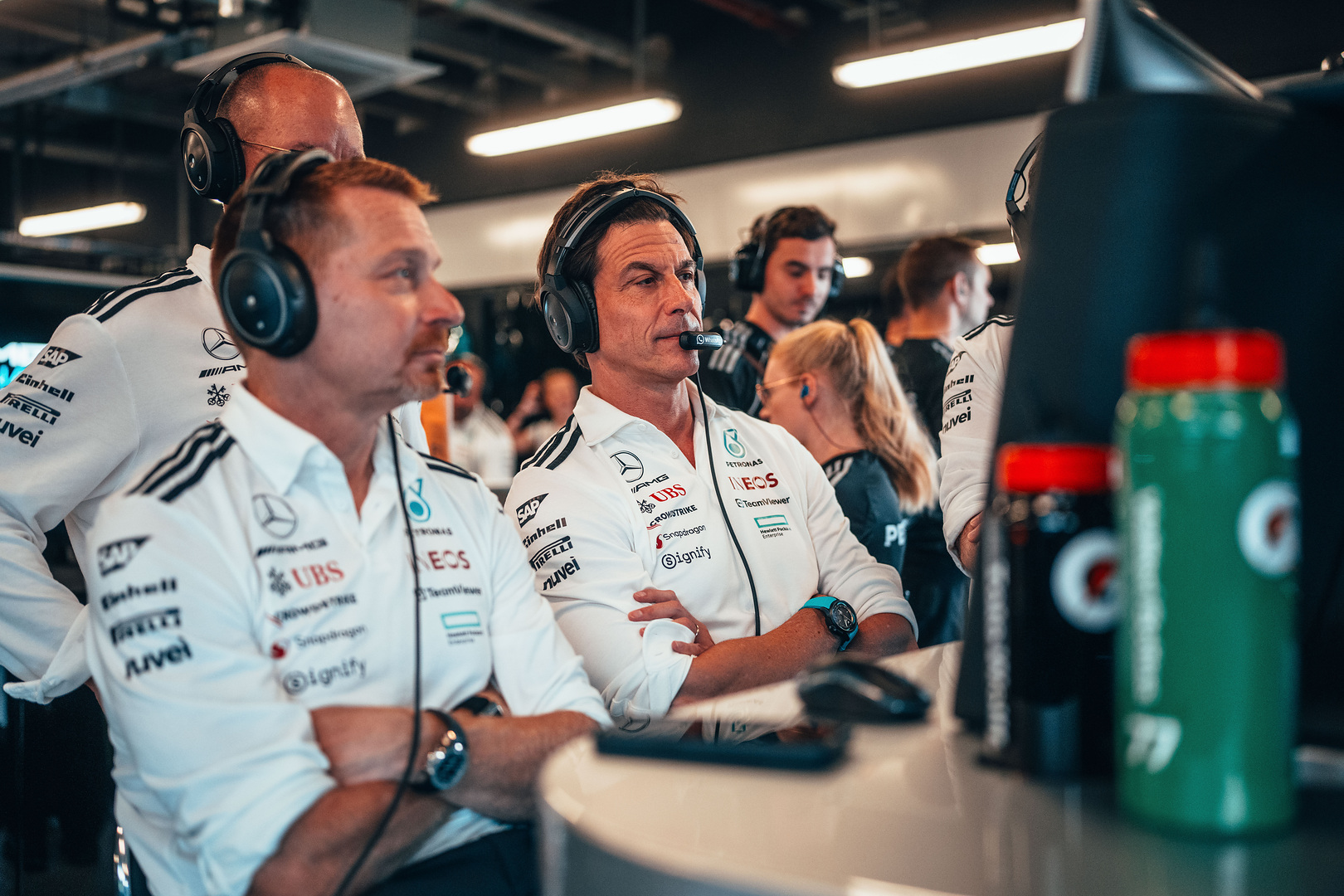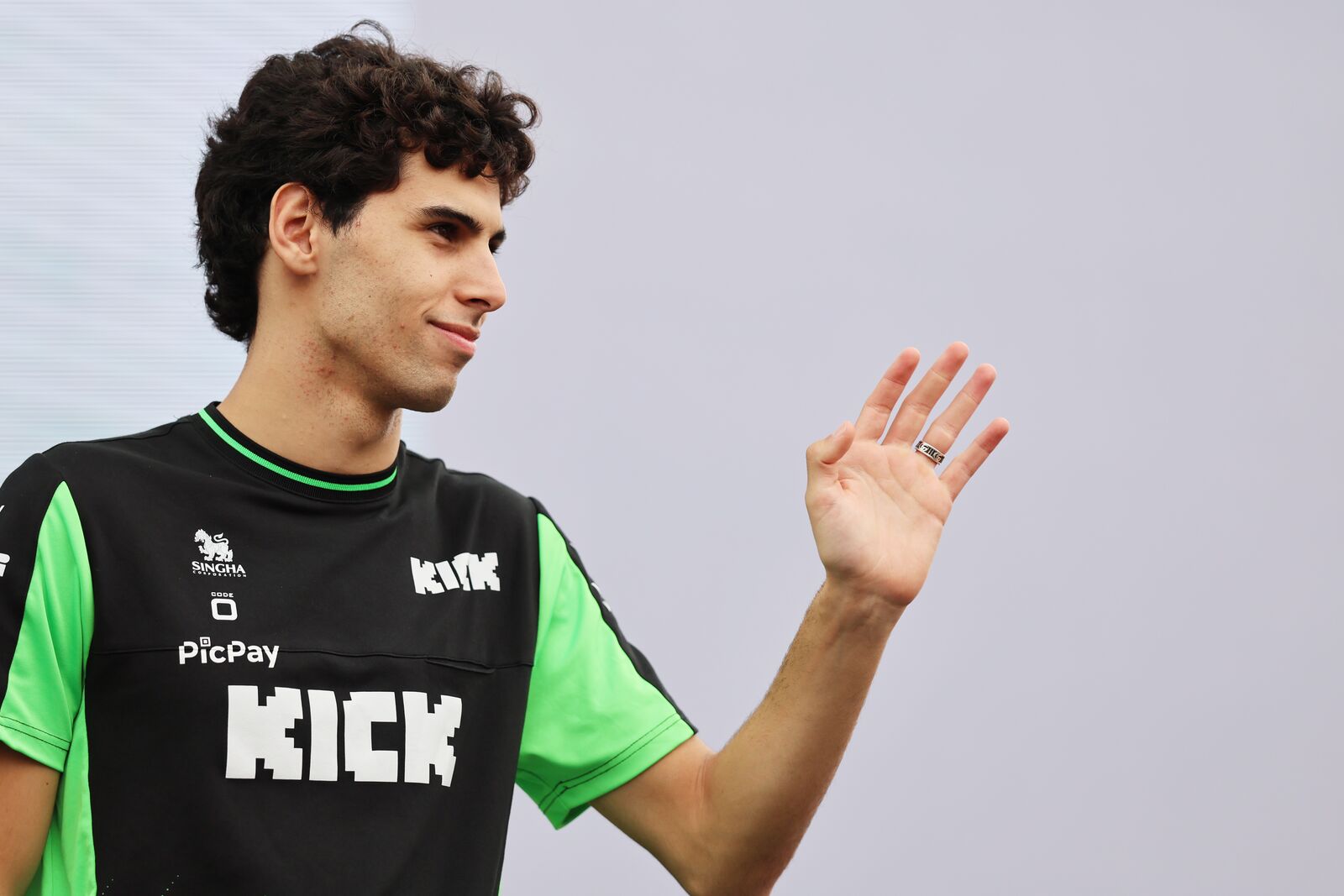On the occasion of the Dutch GP, Scuderia Ferrari brought some innovations on the SF-23 to the track, carrying forward its development programs, adapting the SF-23 race after race with updates that are not limited only to the adaptation of the car to the various tracks but which, perhaps, represent a prelude to what will be the (substantial) news that should arrive at Monza.
After the two weeks of closure of the factories and the break imposed by the regulations, the world of Formula One is back to starting its engines, to the reality of the track with the Dutch GP which will take place this weekend in Zandvoort. A race that marks, for the entire world championship circus, the beginning of the final part of the championship (where to bring home the maximum possible to close the year in the best possible way) and above all, the return to normality after a period of rest.
A return to normality which, in fact, began today, dedicated to the media, which led teams and drivers to deal again with the current issues related to the individual team and which, from race to race, hold the court. A return to normality that started a few days ago with the reopening of the team headquarters and the restart of work in the technical offices, aimed at improving the single-seaters, both with the production of important developments and with the production of some components to adapt the cars to the Dutch track.
Adaptation work (but probably also preparatory to the substantial package of updates scheduled for Monza) which has borne fruit in the Ferrari house which, after the good performance at Spa, seems determined to confirm itself as the second force in the field. The technical staff directed by Enrico Cardile, in fact, brought an SF-23 to the track equipped with a new beam wing, rather low from an aerodynamic point of view (despite Zandvoort being medium-high downforce) and with a new arrangement of the two elements.
In fact, the upper element of the beam wing has been advanced towards the engine cover and reduced in its chord (now practically flat), while the lower one has maintained the original position but has been increased in section, probably to seek greater downforce. Still in terms of downforce, however, it is evident how Ferrari has adopted a highly loaded rear wing, precisely to satisfy and adapt to the characteristics of the Dutch track.

Photo credit: Scuderia Ferrari




